Why would Richard Kerr want a two ton Dodge truck?
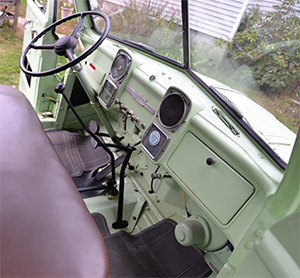 Yup, you guessed it… he has been a truck driver since he was nineteen years old and that is what makes him happy. He found the truck about 20 years ago, so the restoration has been a long haul for him. Richard works 10 to 12 hour days, for the past 26 years for ABF in the Burlington area, so he has had to farm a lot of the work out. He also claims he is not a mechanic but there is evidence in his garage that he might be more of a mechanic than he claims. They are a ‘trucking’ family, as Roxie works for FedX in the office in Burlington. She also has her antique ride sitting in the garage…a really nice MGB.
Yup, you guessed it… he has been a truck driver since he was nineteen years old and that is what makes him happy. He found the truck about 20 years ago, so the restoration has been a long haul for him. Richard works 10 to 12 hour days, for the past 26 years for ABF in the Burlington area, so he has had to farm a lot of the work out. He also claims he is not a mechanic but there is evidence in his garage that he might be more of a mechanic than he claims. They are a ‘trucking’ family, as Roxie works for FedX in the office in Burlington. She also has her antique ride sitting in the garage…a really nice MGB.
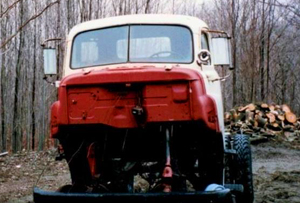 The truck engine, transmission and rear-end have all been taken apart and rebuilt when needed. The body was taken down to the bare metal before repainting this beautiful green. It is a very impressive eye-catching vehicle. Richard built the flat-bed wood body in his shop and as you can see, he did a great job. The truck has a 238 Dodge Six engine with a 4-speed transmission and a single speed rear-end with a weight capacity of 2 tons. It has 27,915 miles registered on its odometer. Some call this type of truck a “COE” meaning Cab-over-engine. Another term used is a “pilot-house cab” which seems to be a loose term used even for some Dodge pickups. A more modern term is “cab-forward”.
The truck engine, transmission and rear-end have all been taken apart and rebuilt when needed. The body was taken down to the bare metal before repainting this beautiful green. It is a very impressive eye-catching vehicle. Richard built the flat-bed wood body in his shop and as you can see, he did a great job. The truck has a 238 Dodge Six engine with a 4-speed transmission and a single speed rear-end with a weight capacity of 2 tons. It has 27,915 miles registered on its odometer. Some call this type of truck a “COE” meaning Cab-over-engine. Another term used is a “pilot-house cab” which seems to be a loose term used even for some Dodge pickups. A more modern term is “cab-forward”.
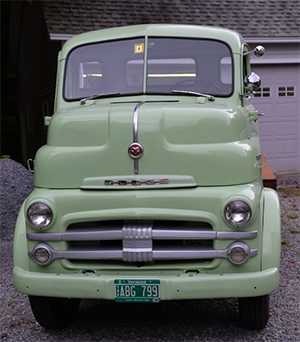 Another term that came up during the Wheel Tracks feature is something that is hard to read but is printed on the area just above the number plate. The term is “Job Rated”. The best history Wheel Tracks found was that Dodge started using it in 1938 as a sales way of getting folks to think about matching their “jobs” to one of the many types of trucks that Dodge produced. Do any readers have more of the term.
Another term that came up during the Wheel Tracks feature is something that is hard to read but is printed on the area just above the number plate. The term is “Job Rated”. The best history Wheel Tracks found was that Dodge started using it in 1938 as a sales way of getting folks to think about matching their “jobs” to one of the many types of trucks that Dodge produced. Do any readers have more of the term.
Richard bought the truck from Dale Slack of Jeffersonville, Vermont after it made its way here from North Carolina.
Editor’s notes… The amazing thing about this truck is how little is published about this type of Dodge truck. A few of us in the club have International High Wheelers and if you try to research this type of vehicle, except for some pretty pictures and a video or two, there is practically nothing available. I found the same for Dodge trucks from that time period. The High Wheeler folks attempted to put something together by starting a “registry” of owners and vehicles and the “Horseless Carriage Club” agreed to hold the registry. I did find a registry for Dodge trucks for 1948 to 1953 with only 298 trucks registered and no 1951 “Cab-over engine” trucks. This might mean that Richard and Roxie has a fairly rare vehicle. The Dodge Truck registry can be found online at townwagon.com
Another term I found when looking for information on this truck is “Fargo Truck”. Fargo was a brand of truck back in the 1920s and over the years after a number of buy-outs, Chrysler ended up with the brand. Also over the years, the way I understand it, the word “fargo” just became a truck type and not a brand.
Lets start talking about those heavier antique trucks. I know we all have stories from our younger days about these big work trucks. Example… I was too young to throw bales of hay on to the old ’47 Reo 2-ton. So they put me behind the wheel. I knew what I was doing but my short legs tended to get the truck into regular “jogs” that made the worker on the back of the truck call me names. If you have information or a truck… or a truck story please pass it on to Wheel Tracks. I know VAE members have a few pickups but I don’t know if VAE members own larger antique trucks.










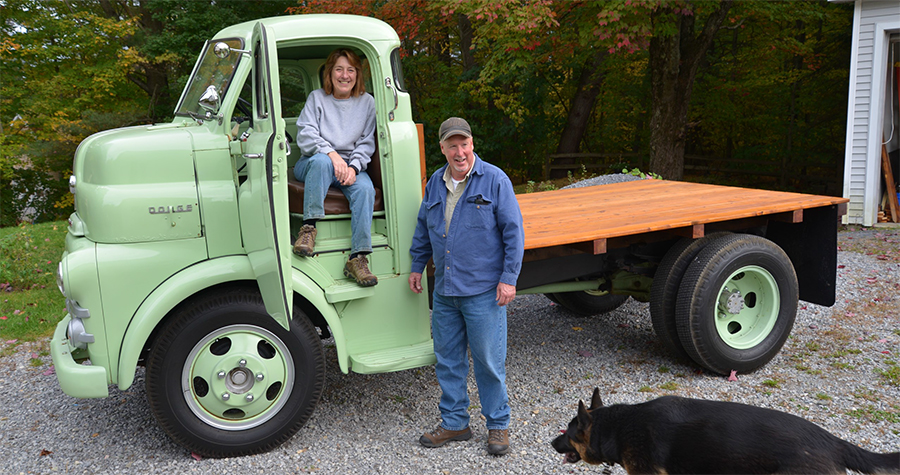
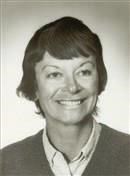
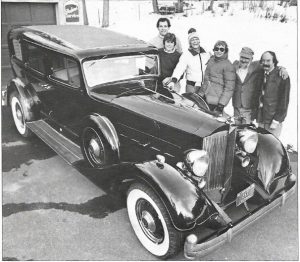 was the 1985 Great American Race that Doris was involved with. She and Avery Hall organized and largely funded a Vermont effort using the late Joe Kaelin’s 1944 Packard twelve seven-passenger sedan.
was the 1985 Great American Race that Doris was involved with. She and Avery Hall organized and largely funded a Vermont effort using the late Joe Kaelin’s 1944 Packard twelve seven-passenger sedan.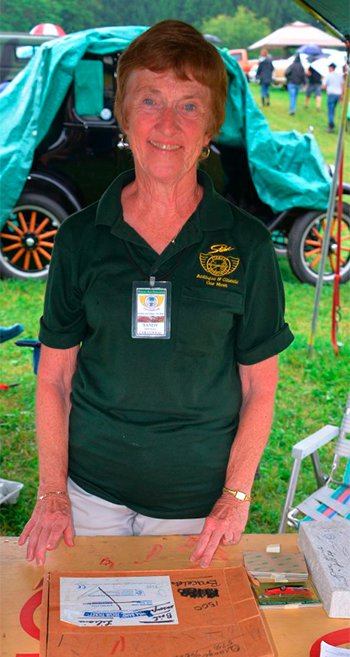
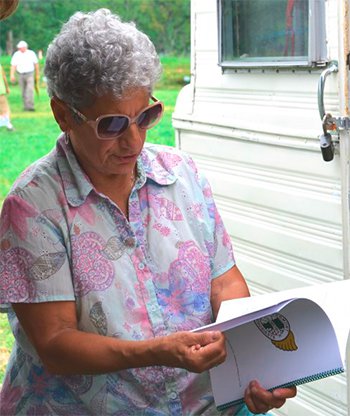
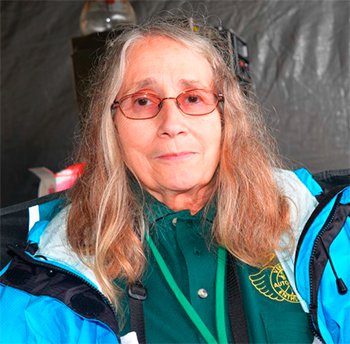

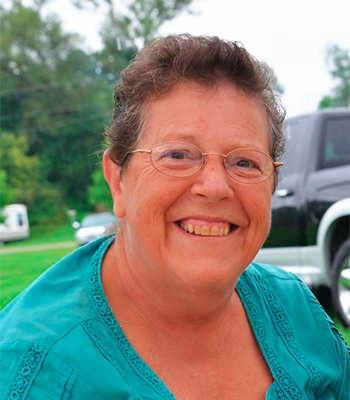
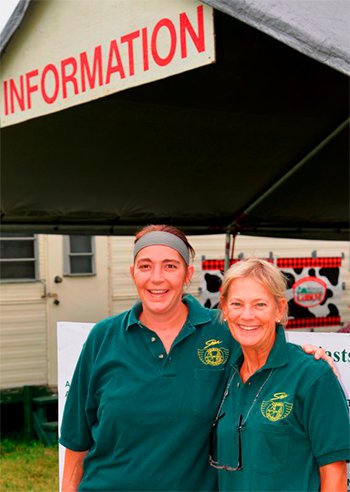
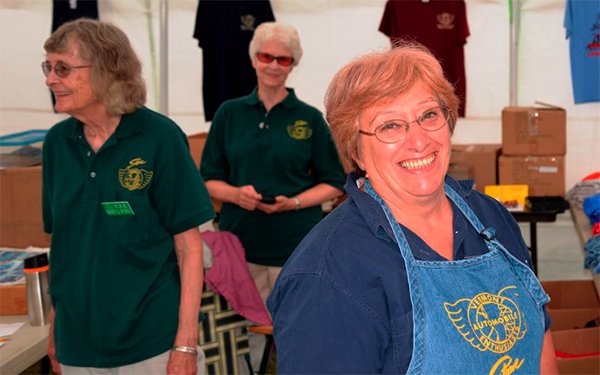
 The Roadster Pickup is locally known as an East Fairfield truck, a little village fifteen miles East of Lake Champlain in Northern Vermont. The village is known for saying yes to the railroad. The story goes, when the railroad wanted to build a line through the town in the 1860s the sleepy village center 5 miles West of East Fairfield had hysterics at the idea of becoming a rowdy railroad town. East Fairfield opened its arms to the idea… rowdy and all!
The Roadster Pickup is locally known as an East Fairfield truck, a little village fifteen miles East of Lake Champlain in Northern Vermont. The village is known for saying yes to the railroad. The story goes, when the railroad wanted to build a line through the town in the 1860s the sleepy village center 5 miles West of East Fairfield had hysterics at the idea of becoming a rowdy railroad town. East Fairfield opened its arms to the idea… rowdy and all!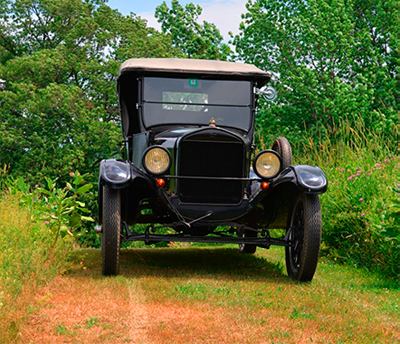 Enter another VAEer… John Lavallee. John’s dad and grandfather had a machine shop in Massachusetts and had decided to expand into Northern Vermont in the mid 1960s. John was a young man when he joined his father and grandfather in Winooski to inspect the building they had just purchased along the river and that is when he spotted a Model T pickup in one of the dark corners of the building. The truck then had a new owner, John Lavallee. A short time later, John heard a rumor the “T†had belonged to Mr. Kelly and after telling John it was impossible that the truck had been his, Mr. Kelly recognized the repair work he had done on the rear of the vehicle. The Model T was in fact the Kelly/ East Fairfield truck. Over the 20 to 22 years that John owned the truck, not a whole lot was done to it.
Enter another VAEer… John Lavallee. John’s dad and grandfather had a machine shop in Massachusetts and had decided to expand into Northern Vermont in the mid 1960s. John was a young man when he joined his father and grandfather in Winooski to inspect the building they had just purchased along the river and that is when he spotted a Model T pickup in one of the dark corners of the building. The truck then had a new owner, John Lavallee. A short time later, John heard a rumor the “T†had belonged to Mr. Kelly and after telling John it was impossible that the truck had been his, Mr. Kelly recognized the repair work he had done on the rear of the vehicle. The Model T was in fact the Kelly/ East Fairfield truck. Over the 20 to 22 years that John owned the truck, not a whole lot was done to it.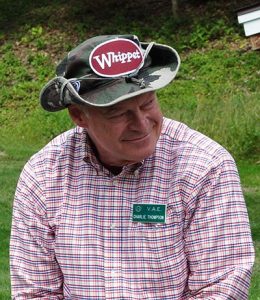 Way back in ’67, my friend Dick, who was driving a ’31 Willys as his regular car, told me about a ’29 or ’30 Whippet for sale in Charlotte, VT.
Way back in ’67, my friend Dick, who was driving a ’31 Willys as his regular car, told me about a ’29 or ’30 Whippet for sale in Charlotte, VT.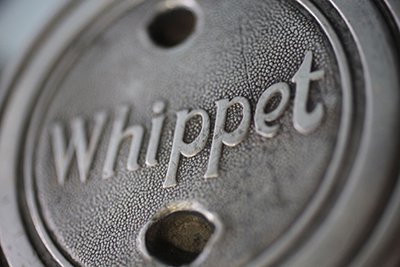 The Whippet was pretty much complete, but had had a rough life. It had been wrecked a couple times and had dents and rust with running boards replaced with old rough lumber. The top had been improperly replaced and water had rotted most of the wood around the top and door posts. Water and mice had totally destroyed the rear seat. But…with a little gas in the vacuum tank and a push around the yard with my brother’s car, it RAN! It burned oil like crazy, but ran all the same.
The Whippet was pretty much complete, but had had a rough life. It had been wrecked a couple times and had dents and rust with running boards replaced with old rough lumber. The top had been improperly replaced and water had rotted most of the wood around the top and door posts. Water and mice had totally destroyed the rear seat. But…with a little gas in the vacuum tank and a push around the yard with my brother’s car, it RAN! It burned oil like crazy, but ran all the same.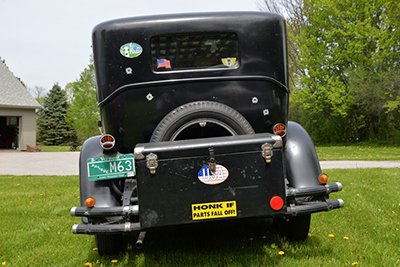 What I remember most on my trips is the friendly and kind people I’ve met along the way. While touring Penns Cave, one tire went flat in the parking lot. By the time I got out of the cave tour, fellow club members had put on the spare. The tube, which I had never removed in 32 years of owning the car, had 4 patches already!
What I remember most on my trips is the friendly and kind people I’ve met along the way. While touring Penns Cave, one tire went flat in the parking lot. By the time I got out of the cave tour, fellow club members had put on the spare. The tube, which I had never removed in 32 years of owning the car, had 4 patches already!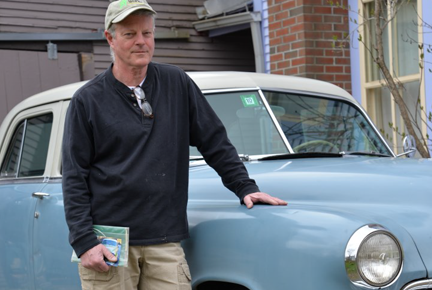 Recklessly, or just poor judgement, we decided to risk driving it home. It first stalled on Route 302 in Barre, backing up traffic for a half mile; then again in Shelburne but we finally did get home. Since then the carburetor was rebuilt by the Carb Doctor and there have been no problems.
Recklessly, or just poor judgement, we decided to risk driving it home. It first stalled on Route 302 in Barre, backing up traffic for a half mile; then again in Shelburne but we finally did get home. Since then the carburetor was rebuilt by the Carb Doctor and there have been no problems.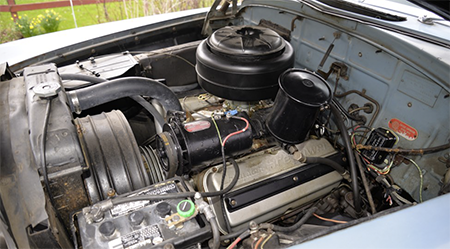 The car has needed a lot of additional work. A complete rewiring, more chrome plating, new tires and mostly correcting a lot of poor workmanship done by others. A new paint job and upholstery is my plan yet to do.
The car has needed a lot of additional work. A complete rewiring, more chrome plating, new tires and mostly correcting a lot of poor workmanship done by others. A new paint job and upholstery is my plan yet to do.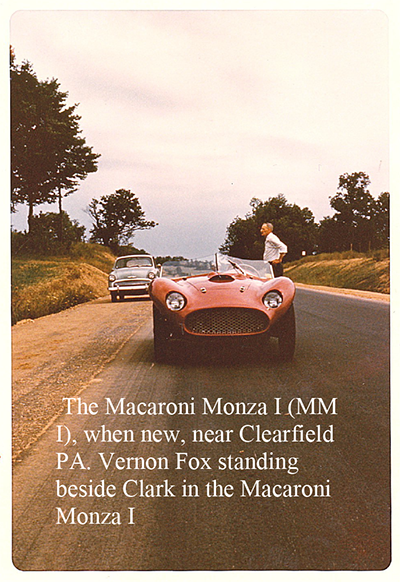 June 1954 – mid-Century in what has been typified by many as the Age of the Automobile – General Motors had just produced its 50 millionth car – Mercedes introduced the 300SL coupe, with its now famous gull-wing doors – Nash and Hudson had merged to form the American Motors Corp (AMC) – the Dow Jones Industrial Average closed at an all time high of 382.74.
June 1954 – mid-Century in what has been typified by many as the Age of the Automobile – General Motors had just produced its 50 millionth car – Mercedes introduced the 300SL coupe, with its now famous gull-wing doors – Nash and Hudson had merged to form the American Motors Corp (AMC) – the Dow Jones Industrial Average closed at an all time high of 382.74.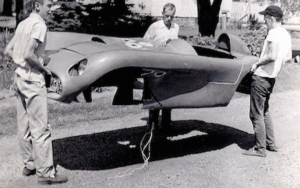
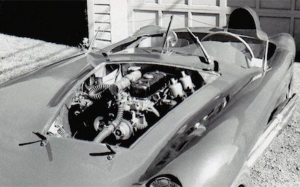

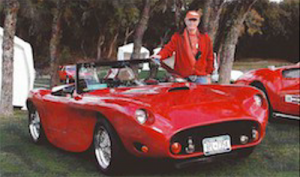
 This is true with so much of our lives, the newspaper deliverer, the library, the car wash, the bank, the movie theater and the list could go on and on. There is someone behind the scenes in everything that hopefully makes our lives easier and in many cases more fun. I also am sure that you, the readers, fit into that chain at some point.
This is true with so much of our lives, the newspaper deliverer, the library, the car wash, the bank, the movie theater and the list could go on and on. There is someone behind the scenes in everything that hopefully makes our lives easier and in many cases more fun. I also am sure that you, the readers, fit into that chain at some point.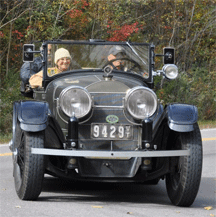 Why a Locomobile?
Why a Locomobile?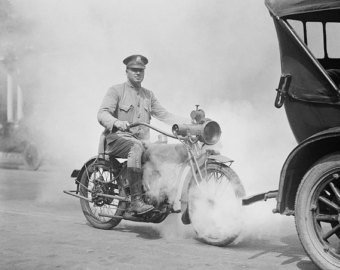 It all starts with my first encounter with my husband Gael and his 1937 Packard many, many years ago. Then Peveril Peake enters the picture with his 1956 VW Bug. I logged more than a few miles in the back seat of that car, often wrapped in a blanket. Fortunately, Pevie always had to stop for coffee and a meal or two. I had no idea where we were going or what we were looking for in many of those rides. One trip took us to upstate New York to visit John Hawkinson. I do remember a delicious German meal we had on the way. We might have been in a Hupmobile that time.
It all starts with my first encounter with my husband Gael and his 1937 Packard many, many years ago. Then Peveril Peake enters the picture with his 1956 VW Bug. I logged more than a few miles in the back seat of that car, often wrapped in a blanket. Fortunately, Pevie always had to stop for coffee and a meal or two. I had no idea where we were going or what we were looking for in many of those rides. One trip took us to upstate New York to visit John Hawkinson. I do remember a delicious German meal we had on the way. We might have been in a Hupmobile that time.